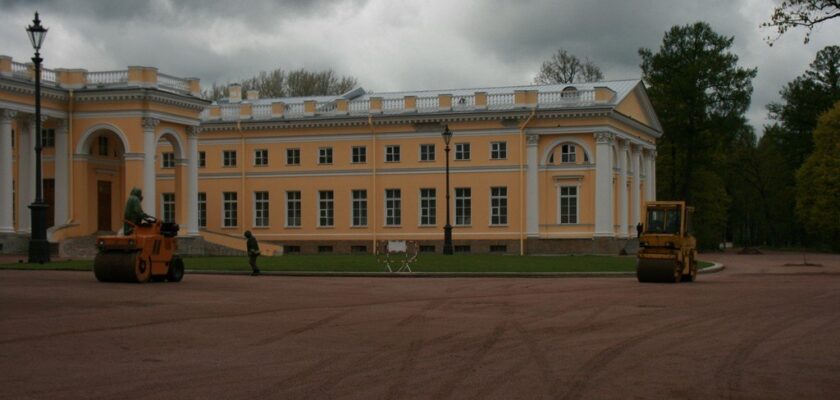Alexander Palace in Tsarskoye Selo
Alexander Palace was laid in 1792 by order of Catherine II for the wedding of her favorite grandson Grand Duke Alexander Pavlovich (future Emperor Alexander I) with Grand Duchess Elizabeth Alexeevna.
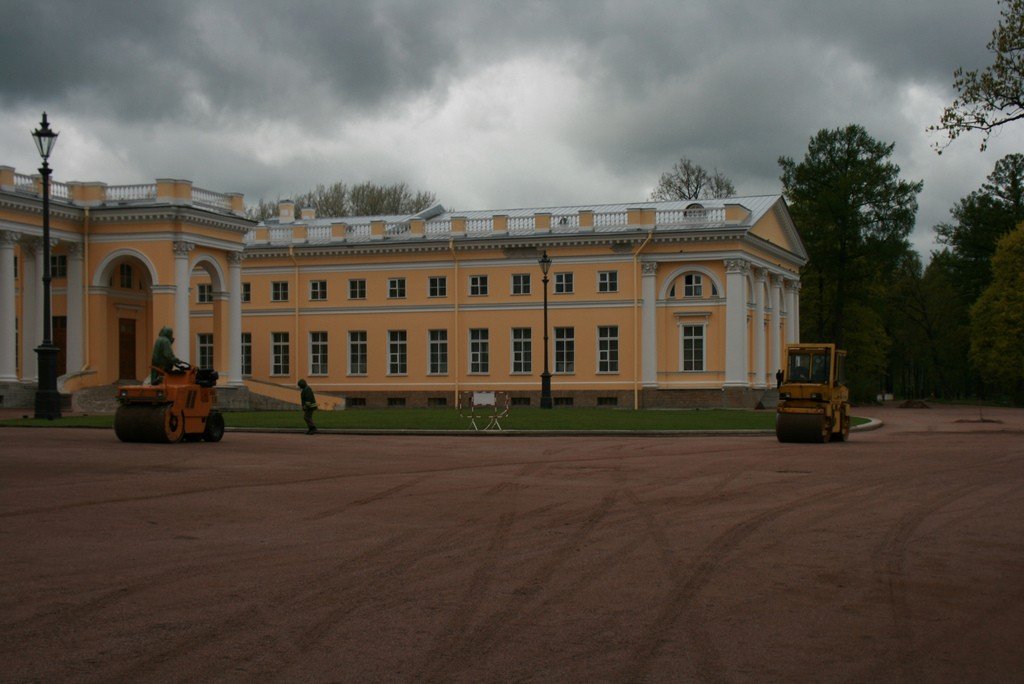
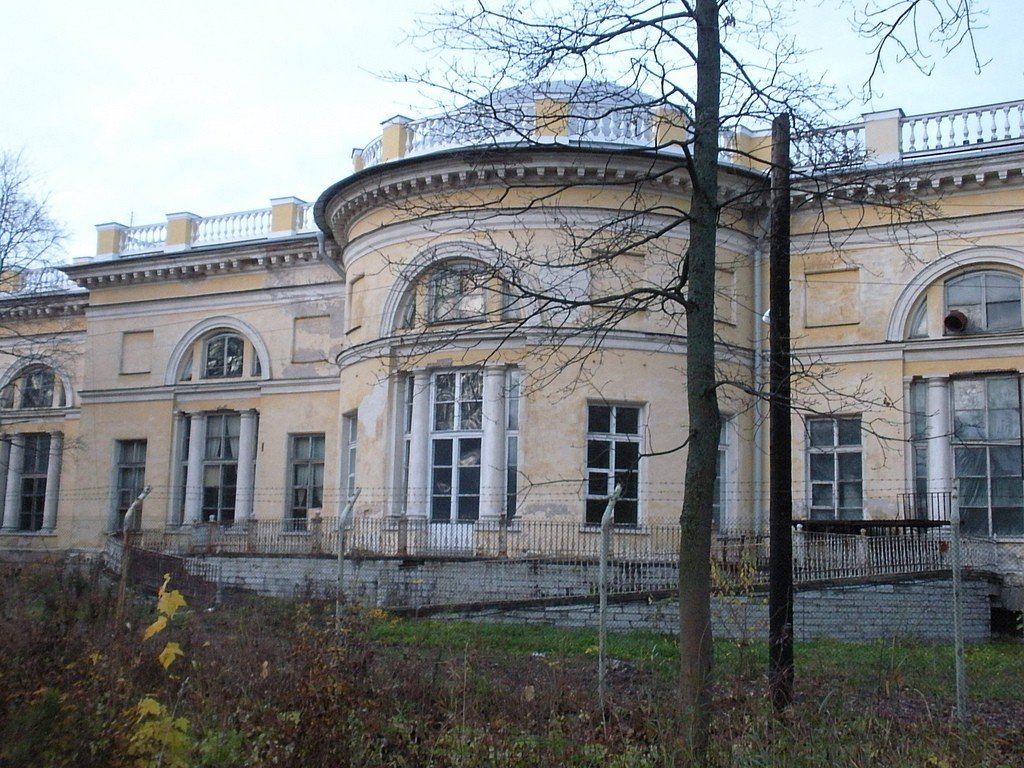
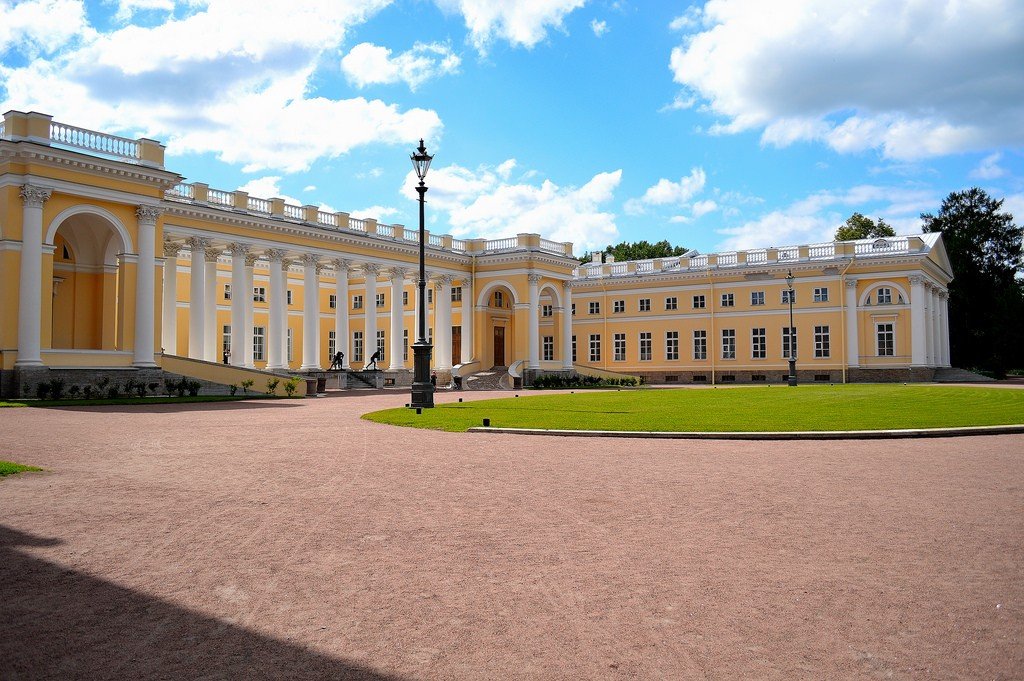
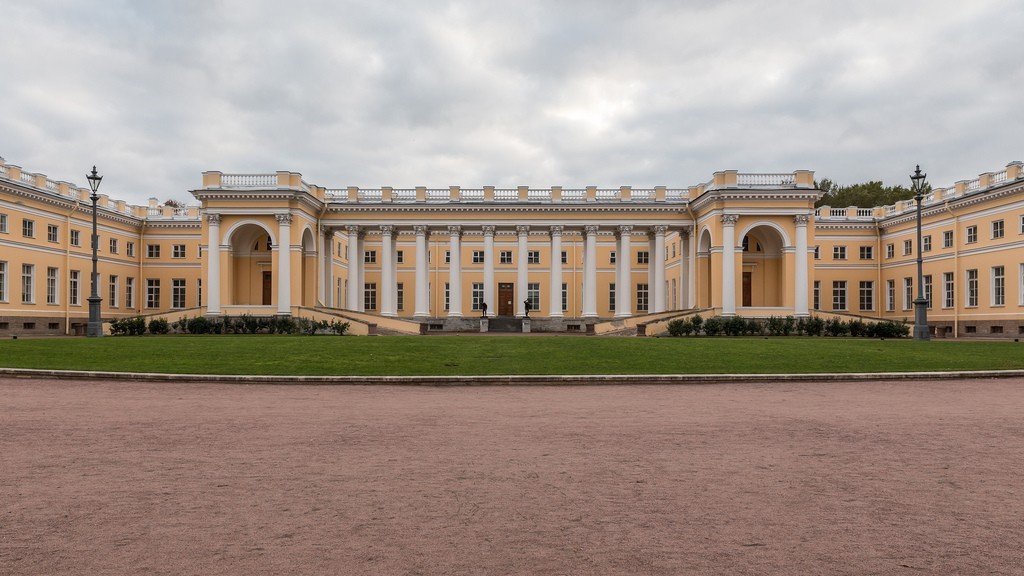
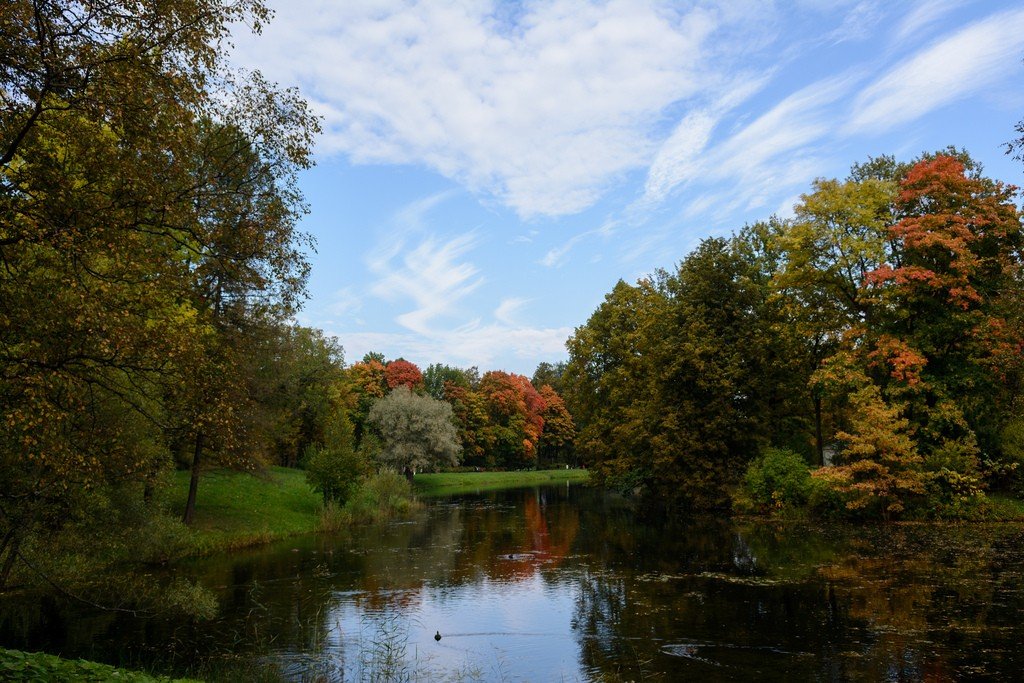
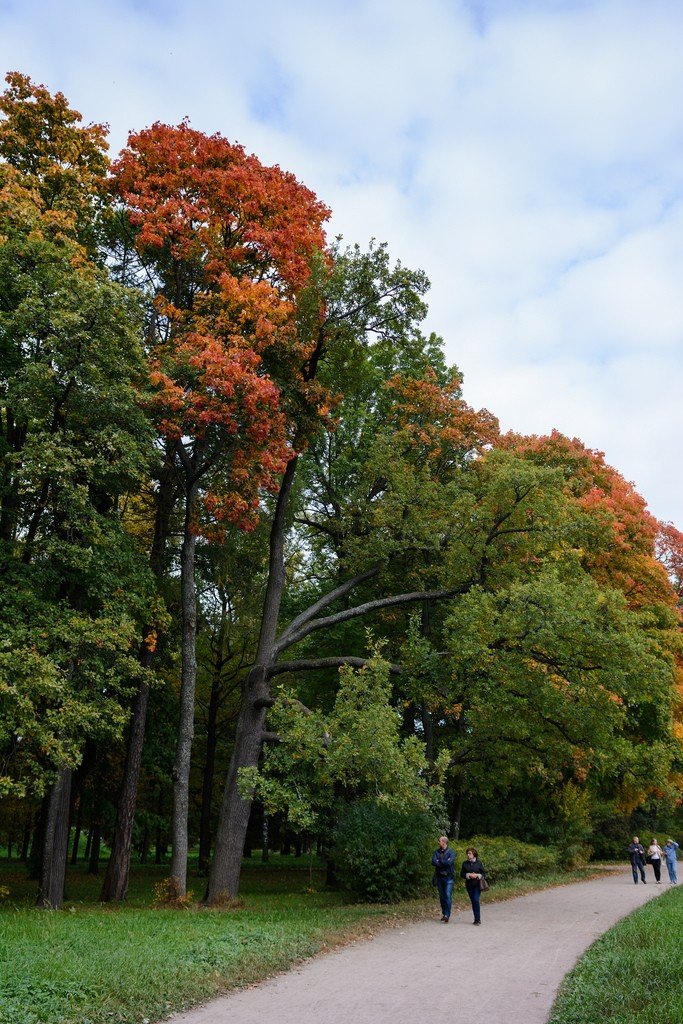
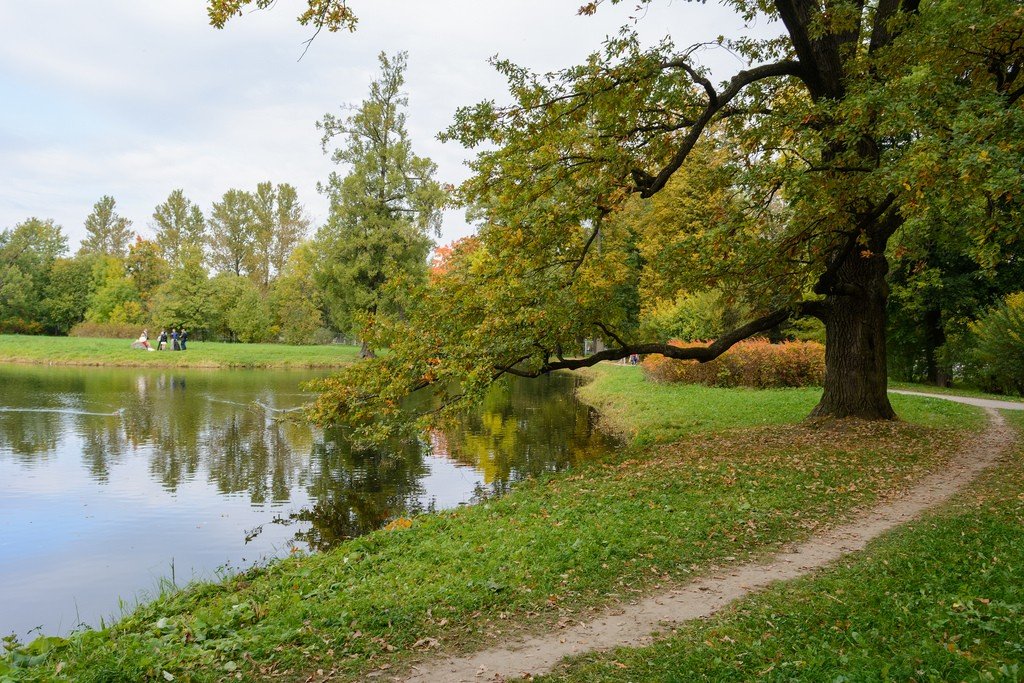
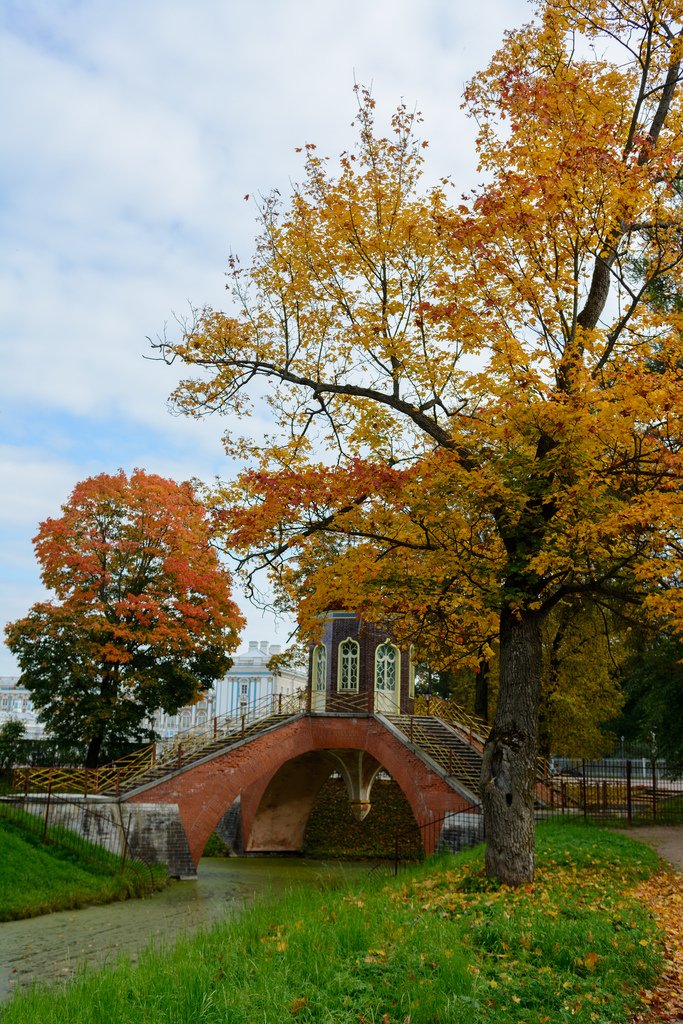
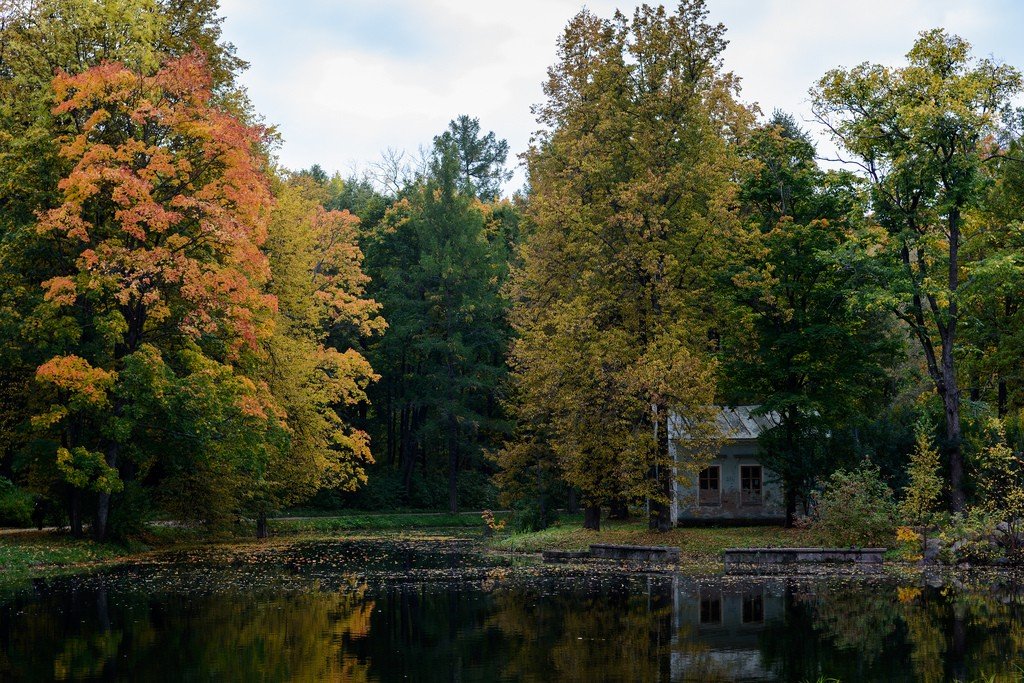
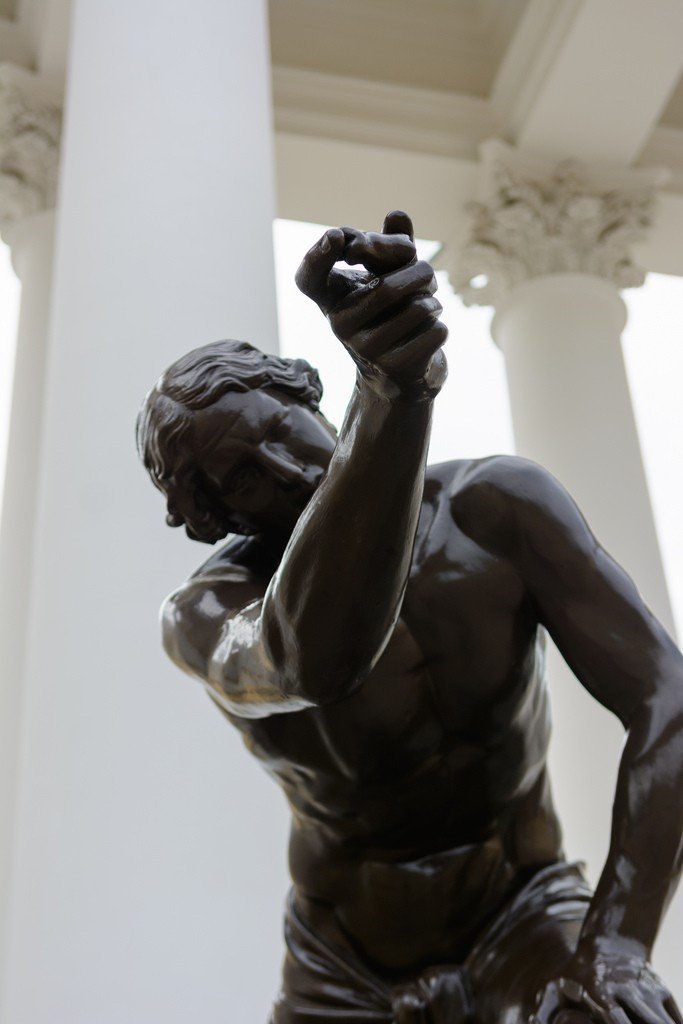
General information
The project of the palace was made by the famous Italian architect Giacomo Quarenghi. The building turned out to be very beautiful and comfortable, but Alexander I preferred to stay in the Catherine Palace out of habit. But his successor Nicholas I, and half a century later Nicholas II loved the Alexander Palace and paid special attention to its improvement. Nicholas II was born here in 1868 and treated Tsarskoye Selo with special warmth. The last thirteen years of the Russian emperor’s reign were spent here; in August 1917 the imperial family was sent into exile to Siberia, from where they never returned. During the Soviet regime and the war, the palace was badly damaged and, of course, cannot compete in luxury with the Catherine Palace, but inside it is imbued with the spirit of authenticity, and when you enter it, you feel that you are not just in a museum, but in a real house where the royal family lived. The most interesting interiors in the Emperor’s private quarters are the Emperor’s reception room, where ministers, dignitaries and foreign ambassadors who came to report were waiting for an audience, and the Parade (New) Cabinet in Art Nouveau style, where the Tsar met with ministers, received deputations, and also played billiards with grand dukes and officers of the retinue. The mezzanine with marble columns of the Parade Cabinet was connected by a passage over the corridor with the Maple Drawing Room of Alexandra Feodorovna, who could be secretly present at the Emperor’s meetings. The Corner Drawing Room, where the wife of Nicholas II received her visitors and where concerts were organized, was preserved on the Empress’s half.
.In the summer of 2010, the three newly restored halls of the Alexander Palace’s Parade Enfilade, located along its garden facade, were opened to the public. The entrance to them is in the center of the building, tickets must be bought separately. This is the central Semicircular Hall and the Portrait and Billiard Halls (the latter was also called the Marble Drawing Room) separated from it by arches on both sides. All of them are faced with artificial marble and retain the layout and decoration of the architect Quarenghi. In fact, it is one huge hall divided into three parts by arches with colonnades of golden marble color, which create a strict and harmonious perspective. From the center of the Semicircular Hall, a balcony door opens out into the park. It was from here, in the early morning hours of August 1, 1917, that the Imperial family left for the last time, sent by the new authorities to Siberia, where a tragic end awaited them.
.
The grand interiors of the Alexander Palace have been fully restored by restorers in accordance with the historical originals. Authentic vases, pieces of furniture, many paintings that were originally here were returned, among which the equestrian portrait of Nicholas I takes center stage.
.
Visitors
- Open daily, except Tues and the last Wed of the month, from 10.00 to 18.00 .
- The ticket office is open until 17.00 .
- Inspection – 1h .
- Entrance to the exhibition “Memories in the Alexander Palace” – 200 p., students, pensioners – 100 p., schoolchildren – 70 p. .
- The cost of the premise of the front rooms of the Alexander Palace – 100 p., pensioners and students – 50 p., schoolchildren – 30 p.
